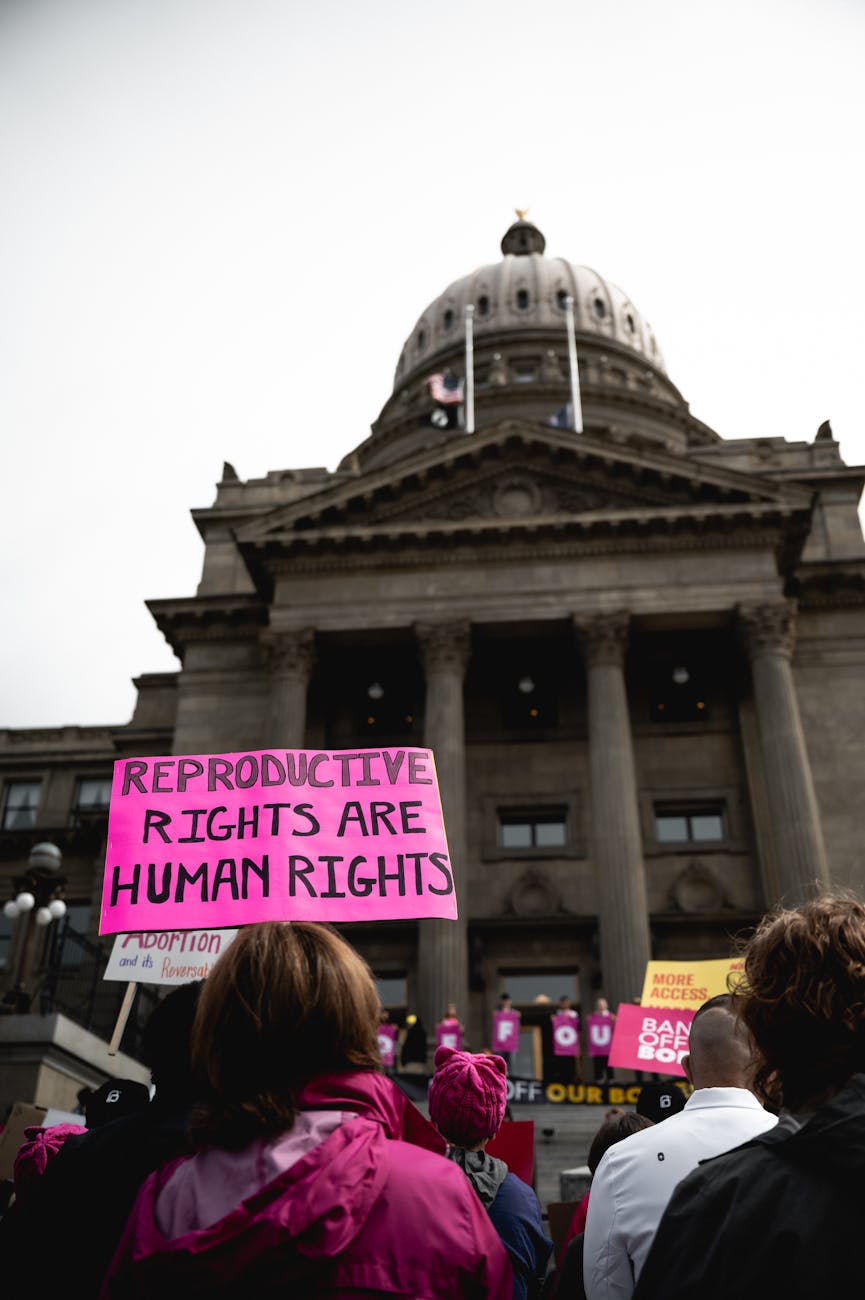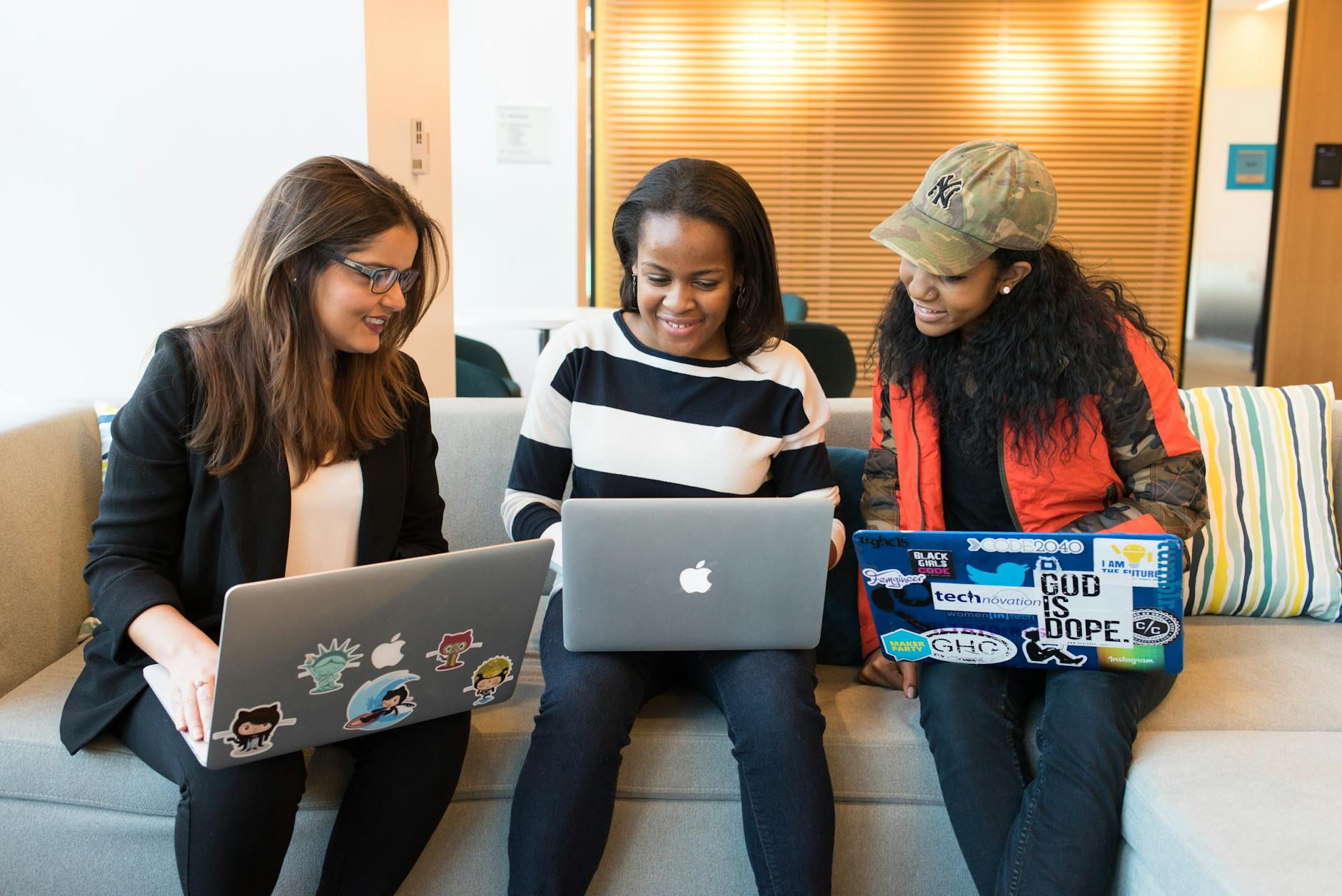“… The unequal distribution of unpaid work between women and men represents an infringement of women’s rights and also a brake on their economic empowerment.” – (UN, 2013)
The gender pay gap is the difference in earnings between men and women and it has been an ongoing global issue for decades. Compounding this issue is the fact that women around the world spend two to ten times more time on unpaid work than men.
In most countries, women average less paid work time than men but work more total hours than men. When we intersect the lower pay for work, with their time investment in unpaid work then we begin to see the jarring consequences for women – lower lifetime earning potential and economic insecurity throughout their working lives into retirement.
In Ghana, the universal principle of equal pay for work of equal value is expressly stated in Article 24 of the Constitution: “Every person has the right to work under satisfactory, safe and healthy conditions, and shall receive equal pay for equal work without distinction of any kind.” In Spite of this constitutional provision the 2022 Earnings Inequality Report that was recently published by the Ghana Statistical Service, tells a different story on earnings in the Public Sector; the average monthly net salary of women is lower than that of men in all 16 regions.
The unequal distribution of responsibilities and earnings, between men and women, stems partly from discriminatory social institutions and stereotypes on gender roles. These patterns cut across geographic regions, and societies.
Women are often the primary caregivers for children and elderly family members and as a result they take on a disproportionate amount of unpaid work thereby limiting the time they have to pursue career opportunities. In several cultures around the world, higher parental authority is granted to fathers, inheritance rules favour male heirs, women have less freedom than men and are often excluded from political and other important realms of public life. These entrenched gender norms affect labour market outcomes for women in general. For women from minority groups, the intersectionalities of gender, ethnicity, socio-economic status, disability, education, etc., further compound this phenomenon, wrestling in even lower earnings than other female counterparts for equal or similar work. Women with disabilities, for instance, face the dual challenge of grappling with physical and social barriers as well as the significant obstacles on the path to economic security. Girls in rural areas lag in attendance and completion of both primary and secondary school, and are more likely to face socio-cultural barriers such as teenage pregnancy, (18% in rural areas are teenage mothers compared to 11% in urban areas), child marriage, and uneven domestic burdens.
Working women with school-age or younger children particularly stand out! Prior to the COVID-19 pandemic, women’s unemployment rates were slightly higher than men’s globally, but women’s disadvantage in terms of participation, occupation, and pay was pervasive. The pandemic exacerbated and exposed some of the consequences of these long-standing gender disparities. When schools and childcare facilities were closed to comply with the social distancing guidelines enforced by governments worldwide, mothers bore the brunt of the additional unpaid care duties, and as a result they experienced high labour market penalties and stress.
According to one study, a woman with one child earns 28% less than a woman without children across her career, due in part to time away from the workforce. Each additional child diminishes average women’s earnings by 3%. The most significant and frequently underestimated effect of unpaid employment is that women have less time and energy to invest in fulfilling career endeavours. Women end up economically insecure and under-represented in leadership roles in the long run. Sadly enough this translates into a retirement wealth gap, which means that they retire with less money than men, in part because they spend shorter time in the labour force and earn less money than males on average. To put it bluntly, women with children have higher poverty rates than women without children, a pattern that does not hold for men.
– Earnings Inequality Report, Ghana Statistical Service. Head of the Tax Practice.
“…The difference between the average net salary of men and women is GH₵165. This means that the gender pay gap is 6.0 percent…”
In Ghana, women make up only 15% of parliament and hold 27% of the management positions in the private sector. If we want to see change, we must begin by challenging the social norms that continue to impede Ghanaian women’s access to and utilisation of opportunities. Despite considerable advances in boosting women’s access to capital, particularly through micro-credit facilities, and improvements in maternal and child health programmes and education, the disregard of broader issues concerning women’s status in society persists. Cultural barriers, limited inclusiveness, unenforced legislation, and under-resourced networks continue to exist.
Women’s efforts to improve their economic situation have not received the required support in terms of resources and leadership. Women’s causes have ostensibly been supported at the national level through the ratification of various conventions on gender equality. An example is the Convention on the Elimination of All forms of Discrimination against Women (CEDAW). Beyond these gestures, we have to be intentional about eliminating gender-blind planning, so that we can improve economic security for women.
As we celebrate Women this Month, this is an open call to women and our allies, to recognise, reduce, and redistribute paid and unpaid labour between genders; it is time to institutionalise equal pay for equal work. It's time for parity!









